Produced by Babble Fish Productions, The Dewarists is a new T.V. series in a documentary/travelogue format that puts together musicians “from all walks of life”. The show follows their journey through beautiful locations across India as they collaborate to compose new songs that are reflective of the sights and sounds of the place they find themselves in. The Dewarists producer Samira Kanwar speaks to us in an exclusive interview about the process, method, and effort involved in creating each episode of the groundbreaking series. Read on—
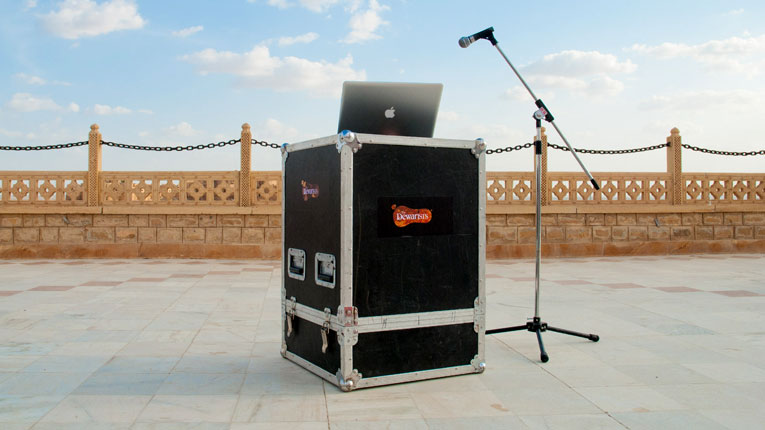
The Dewarists. Photograph by Kunal Kakodkar.
How did the idea for The Dewarists come to be?
Bacardi wanted to start a campaign for Dewar’s with the tagline ‘Some things are just worth doing’. We thought music was a very good fit for the line because musicians have had to struggle so hard to do what they believe in, because music isn’t considered a serious profession here—especially for independent non-Bollywood musicians.
It started with a digital series for Dewar’s, where international artists like Dub FX and Susheela Raman were brought down [to India]. They collaborated with other artists and toured the country. We translated that to video for them and the idea developed as we began shooting because the artists’s stories fit perfectly with the vibe that Dewar’s was creating. This worked really well and the brand was very happy with the work that we did and the way that we decided to shoot it. We didn’t think of it as digital and therefore, more cost-effective, with less aesthetics in mind. We kept it very professional, using good equipment, hiring better cameras and good directors. So we maintained a very high standard.
How expensive did that turn out to be?
It was expensive, but there’s always a middle ground. Today, it’s easier and cheaper to make work look more professional with newer technology. As a production house, it’s your call to make—either put out a quality product or make more money. I could have made severe budget cuts, but the point was to put out a quality product, which we did with the digital series.
in India.”
At what point did the digital series turn into a television show?
Actually, Dewar’s realised the potential that this kind of thing had and we realised it was worthy of T.V. That’s when the discussions with STAR World and other channels began. At that time, STAR was looking to start putting out Indian content, so it was just a question of the right timing as well. We were very lucky in that sense.
We obviously had to alter the idea to fit the hour-long format. For the digital series, we were dependent on the artists, as in their tour dates were fixed and then we followed them around. For this series, we decided where we wanted to take the artists, depending on who they were collaborating with.
Since this is part-documentary, how much of it is real and how much is scripted?
It’s not scripted at all. Even Monica’s commentary isn’t. Sometimes I’ll just say, “Mon, say something about this” or I’ll ask her a question. It might sound scripted, but it’s not. Everything comes naturally from her; she’s actually like that. We’re very lucky to have her.

Host Monica Dogra with Rajasthan Roots. Photograph by Kunal Kakodkar.
What is the process for creating an episode?
The discussion between the artists starts about 20 days before we leave. We realise that it’s not easy to come up with a song in four days so we Skype with the artists and they discuss stuff with each other. They exchange ideas and even sounds—for example, Karsh Kale sent his collaborators scratch vocal tracks. Basically everyone comes in with some idea, lyric or tune, etc. We dedicate the first two days of the shoot to shooting the artist profiles, because telling the artists’s stories (who they are, where they’re from, how their passion has allowed them to stick to what they believe in and not give up on their dreams) is a priority. Intermittently, the artists jam and figure out the song. The third day is entirely dedicated to exploring the song, so they stay in their studio and finish it, and on the fourth day we shoot the final performance. That’s the basic schedule; much more happens in between. Then it takes about three weeks of post-production to finish up an episode. Structurally, we know what should be on what day, but sometimes even that doesn’t happen, so we work around it.
Does this tight schedule stifle creativity?
There are always factors that will. But while we’re aware that we’re giving them certain restrictions, we’re also taking them to a new place so they can be inspired. Barring the Samode Palace, there’s a reason we take the musicians to a chosen location; usually one artist will visit the host artist’s home—so Monica and Shri went to Rajasthan with Rajastan Roots; Mohit Chauhan sees Indian Ocean’s Delhi, Zeb and Haniya see a local Mumbai. We don’t force them into a studio, because that’s too controlled and we want the music to flow naturally, influenced by the environment and the local music.
What if the track doesn’t meet your standards?
We don’t interfere with the creative process—that’s something we’ve made very clear to the artists. It’s their baby; the music is wholly their responsibility. There’s no artist who would be okay with showcasing a bad quality song, so we don’t worry about the quality. These artists are part of the show because they’re fantastic at what they do. We trust them entirely. There’s no doubt—we have no say in their music.
Are there any artists that will be a part of the series that you haven’t announced so far?
There will be Rabbi Shergill and Papon in Assam. And Hari Gobind and Baiju (ex-MotherJane) with Karsh Kale in Kerala.
How has working at distant locations been so far?
It’s going quite well. We’ve found really nice places to stay in and shoot at. The artists have been happy and the shoots have gone really smoothly. Four days isn’t enough to cover an hour-long episode of this type but this isn’t a very high-budget show, so rather than the preferred six days I’ve had to cut it down to four. When we’re shooting we’re always on our toes, from five or six a.m. to 11 in the night—it’s non-stop shooting. There’s a lot of production work—we need to review our rushes, check our footage, re-shoot some places. But we make sure the artists are chilled out because otherwise it’s a redundant exercise; the artists need to look like they’re enjoying themselves and for that they need to actually be having fun.
Do you work with the locals?
Yes, we do work with locals. We might have a local production person in a faraway place like Assam. We also try to meet local musicians and put them in the production; they might not even be popular artists. It depends on the artist, too, like the way Imogen Heap went to a bunch of kids and used their shouting on the track, and in Assam, the artists visited a local tea estate. We don’t force them to interact, it depends totally on the artist. If they find something that fits, they use it.
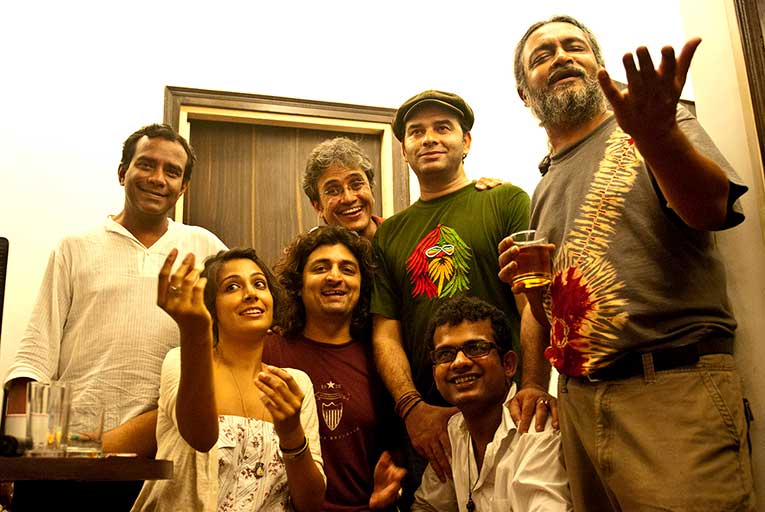
Mohit Chauhan, Monica Dogra, and Indian Ocean. Photograph by Kunal Kakodkar.
What has the toughest part of the production been?
To get artist dates. To be able to lock in two artists, who are extremely busy in peak season, for four days and schedule episodes being shot back-to-back is really not that easy. Once we have that locked then the rest of production can move forward. So that was the hardest part, but even that hasn’t been so hard this time. Mostly this has been a really good experience—there are more positives than there are negatives. Even the brand has been really supportive—they’re not intrusive because they trust us. The channel, too, has been very supportive.
In the fight between deadlines and creativity, whose side are you on?
(Laughs) It depends on how important how important the creative call is, and that’s my call to make. Given the choice, I would definitely choose creativity over deadlines, but thankfully all our shoots have worked. We haven’t had to extend any location trips or shoots.
So the show is perfectly on track?
Yes, we release on the day planned. (Laughs) No, we were initially supposed to release on the 8th but a month ago I realised that it wouldn’t be possible, so I asked them to push it to the 16th.
Would you choose T.V. over the online medium?
We’ve decided to do what we wanted to do and now T.V. has decided that our content is worthwhile. I’ve always thought that the Internet is a far better place to put my content because that’s where it’s accessible to people who actually want to see it. Even now, the people who watch it on T.V. will most probably watch it on YouTube as well and download the track. Honestly, I don’t really care about the T.R.P.s—I knew that the show would be a success even before it was even on air because so many people were talking about it and interested in it. If there are thousands of hits online, my T.R.P.s can be zero, I don’t care; just don’t tell STAR I said that, though (laughs). T.V. is more of a status symbol now, rather than a judge of how many people are watching. My content doesn’t change for T.V. or online; the content just has to be fantastic, high-quality.
How is The Dewarists changing the indie music scene in India?
Indie artists are largely unsupported, either by record labels or by commercial lines. If they’re becoming mainstream through better media coverage, or finally coming to the foreground, it is a fantastic opportunity for them because it makes them more popular and their music has more visibility, which gives them more opportunities to make this their career. We want to establish that you don’t need to be part of Bollywood to be a musician in India. I’m hoping that this show is able to inspire people to do what they really want to and allow these musicians to be seen. People should realise what a lot of talented non-Bollywood people we have in this country. Even Bollywood artists can come up the most beautiful non-Bollywood music, but nobody hears it. We’re creating a market for non-Bollywood music. This is the first step I’ve accomplished and I’m very blessed to be a part of it.
How much of this production was work and how much was fun?
It’s definitely been more fun than work—who wouldn’t want to work on a show like this? I’m getting emails from people who want to quit their jobs and join us. It involves music, working with musicians, and travel; it’s a great concept. Even when you’re angry and pissed off, you look at the bigger picture and realise that it’s worthwhile.
What’s next for The Dewarists?
I hope the Dewarists goes international. No, just kidding. A second season for sure, we’re not ready to give the show up yet.





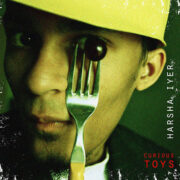
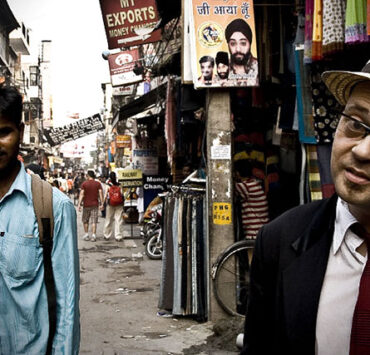
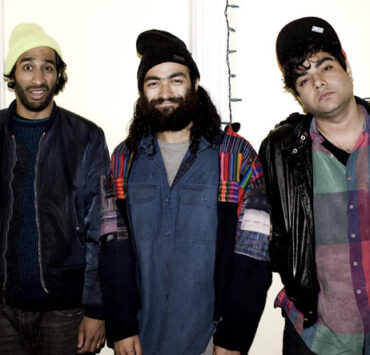

D’uh! Of course its not scripted! All Monica says is “awesome” like a typical american teenager OD ing on Facebook. What a great concept – but the presenter could have been a better informed Indian who doesnt just keep saying “aweeeeeesome!”
She’s so clueless about Indian culture and music. What a waste of a great show. The track saved the day. Go Dewarists!